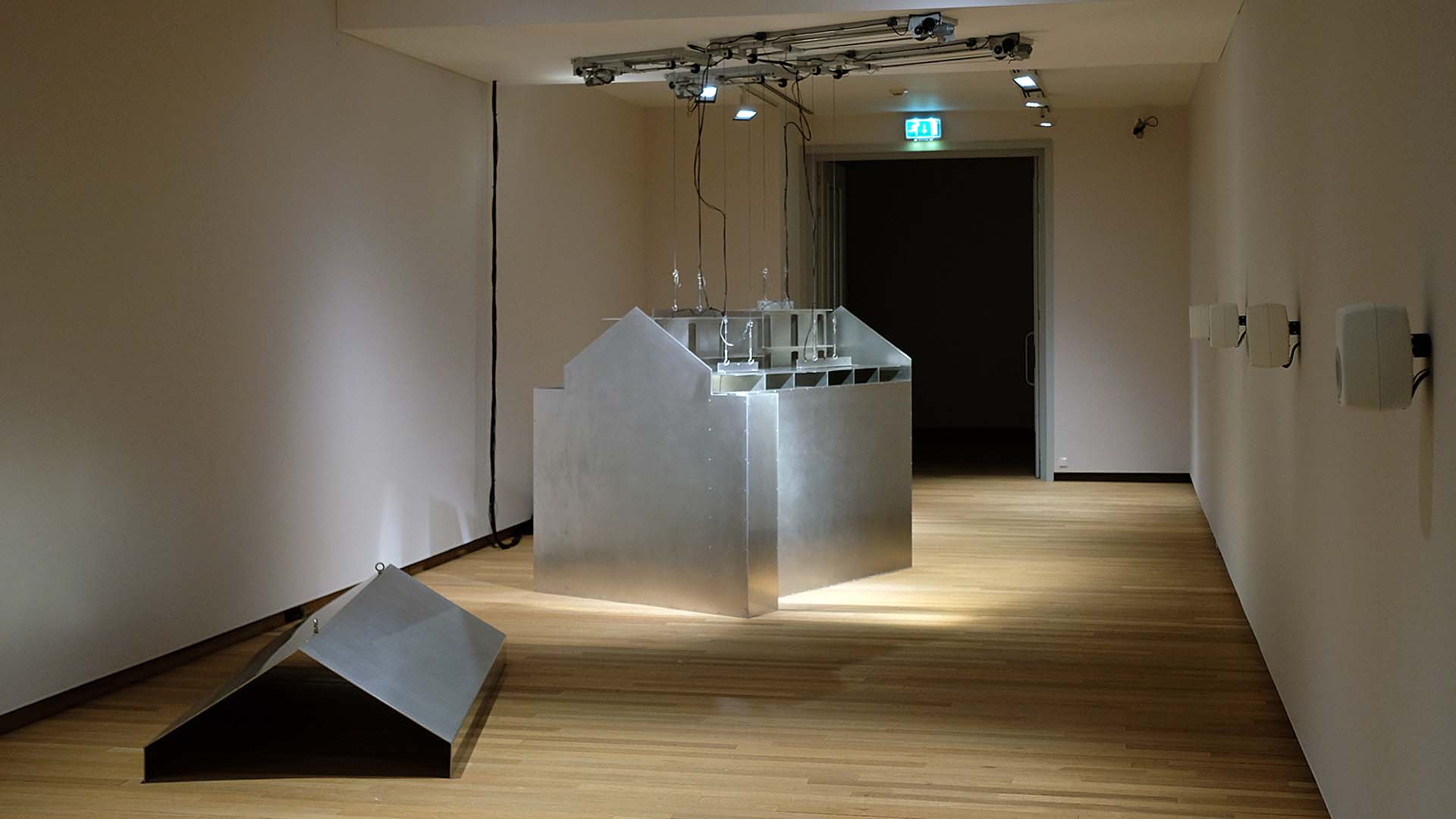
(swipe for text)
The work of Paul Devens revolves around the interaction between sound and architecture, and the influence of this interaction on the social environment. Architecture and social context determine how we interact with others and how we move and feel. For instance, a café is more conducive to making noise than a library, and a cathedral is designed for sound in a fundamentally different way than an auditorium. Devens researches these sound behaviours, both on location and in texts and articles. In his new sound production Folly / The Derailment of the Usual, he delves into local history, in order to find out more about the manufacturing industry in Maastricht.
The city of Maastricht likes to show off its ceramic’s heritage, which was progressive at the time, while often disregarding the negative aspects. The degrading conditions in which factory workers and their families had to live have received little attention. Folly / The Derailment of the Usual presents a sonic reproduction of the first industrial tenement block in Maastricht.
The ceramics factory ‘Petrus Regout en Co’ (later ‘NV De Sphinx’) was one of the first successful businesses of the industrial revolution in the Netherlands. In 1863- 64, in order to streamline production logistics, Regout had a tenement block built to house his factory workers, calling it ‘Cité Ouvrière’. The living conditions there were wretched. Whole families lived in a single room and there was even a ‘mortuary room’ on each floor. Of course, this did more harm than good to the fight against epidemics. The building was nicknamed the “Menschenpakhuis” (people warehouse). Regout’s need to have total control of his workers through this tenement block has a contemporary counterpart. This is expressed in the many digital technologies for controlling the behaviour of citizens, consumers and employees, such as the CCTV on the streets or the cookies that track our purchasing and surfing behaviour.
The scaled-down tenement Cité Ouvrière is shown here. Devens deconstructed the separate parts of the building and filled them partly with water. The floors and inner walls of the scale model are pulled slowly up and down
in this by a small electric hoist. It is all connected up to microphones that record the sound of the aluminium floors of the model, turning the miniature into a reverberation room. The echo of the material changes due to the muffling of the water, like a pan can sound different when submerged in water. Microphones are spread out over the museum, both inside and outside. The sound they record is then ‘projected’ through a loudspeaker onto the vibrating metal of the model. The echoing sound becomes a soundscape that links past to present.
100 x 200 x 500 cm, aluminium, Dynema, motors, Arduino, Raspberry Pi, directional microphones on the roof, microphone at the elevator and a floor downstairs, speakers.